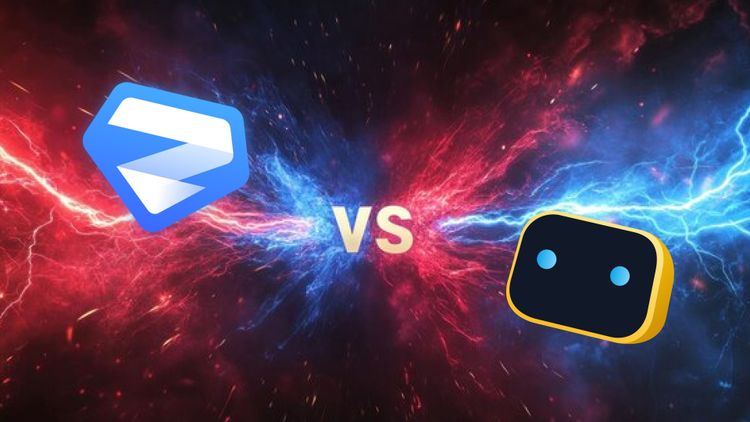▶ How JavaScript Really Evolves: Inside TC39 with Daniel Ehrenberg
In this in-person interview, Daniel Ehrenberg—a longstanding member of the TC39 committee and President of Ecma International—offers a clear look into how JavaScript evolves through the TC39 process. He explains how proposals advance through the committee’s stages, the collaborative dynamics at play, and how developers and organizations can get involved in shaping the language.
Ehrenberg highlights some of the new features under discussion and their implications for the language ecosystem. The conversation also sheds light on balancing innovation with backward compatibility and the consensus-driven approach TC39 employs to ensure stability and progress.










